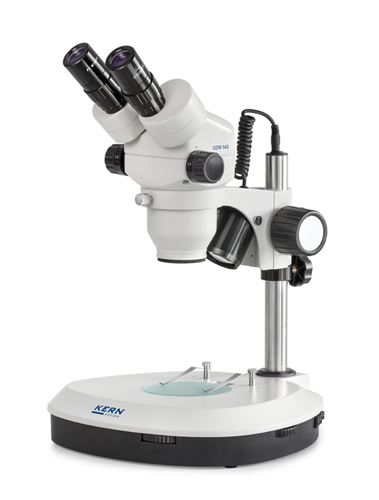

Beekeeper clubs

Application number: EN - 1587
Beekeepers can inseminate queen bees in a targeted manner - via so-called artificial instrumental insemination - in order to achieve certain breeding goals. A microscope is used to hold the bee and insert the sperm. It enables precise, faster and animal-friendly work
more
Additional information
Beekeeping is of great importance in the world. By pollinating flowers, honey bees and wild bees make an irreplaceable contribution to securing the food supply and preserving biodiversity. A beekeeper is not only engaged in the production of honey, but also in the propagation and breeding of honey bees. In the stricter sense of the word, however, only very few beekeepers actually breed their bees. This is not least due to the fact that the natural mating of young queens takes place uncontrollably in the air (nuptial flight). So it is inevitable for the beekeeper to carry out a targeted selection by means of artificial instrumental insemination of the queen bees. The use of a microscope is essential for this sensitive process. It enables precise work and faster work, which is also an enormous advantage for the animal. The sperm of the drones (of his choice according to breeding goals, e.g. B. less aggression potential) must be introduced into the genital opening of the queen bee with a small ampoule. First, the queen bee must be held
Model :
Optical System :
Tube :
Eyepiece :
Price :
OZM 542
Greenough
Binocular
Eyepiece HSWF 10 x / Ø 23mm with anti-fungus, high eye point
€ 1,390.-
DAkkS calibrations are also possible on site
All prices are net, valid until 29.10.2025 plus shipping cost
